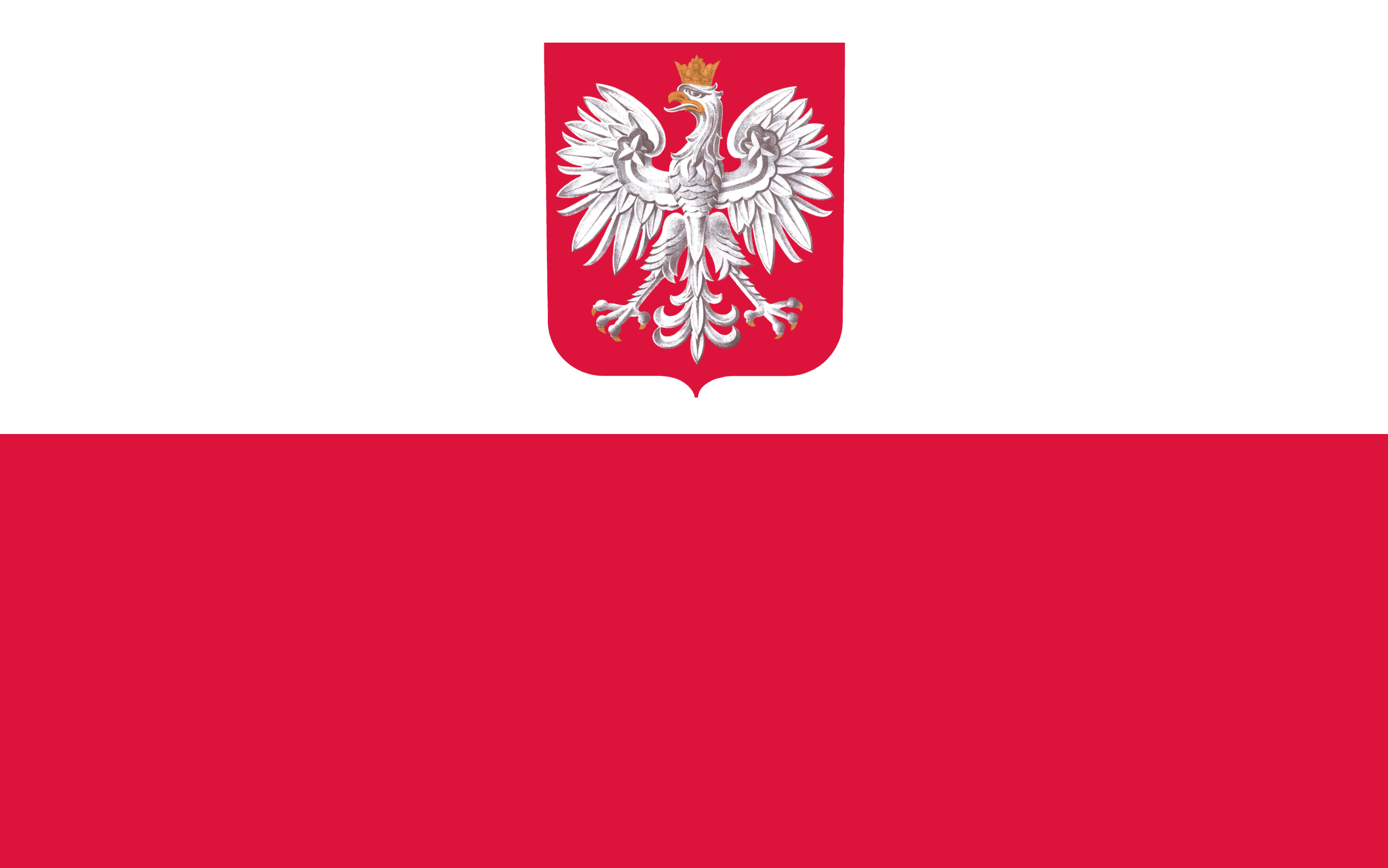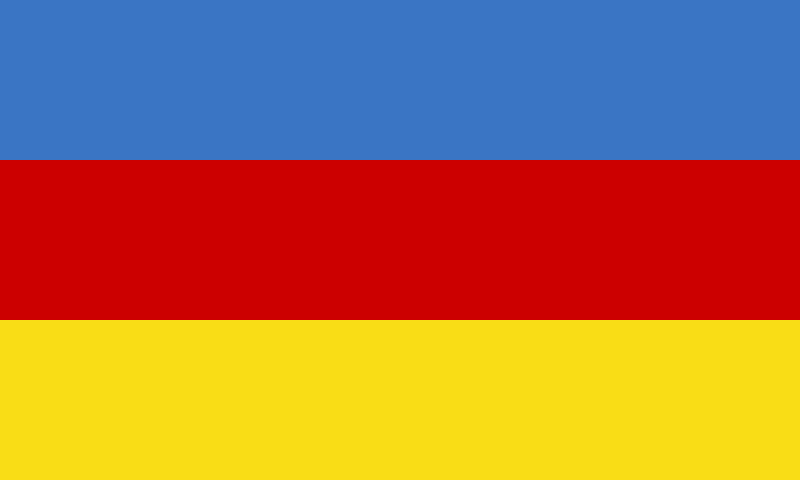A Brief History of Galicia: The Ukrainian Era
The traditional starting point of Galician history is 981CE. The Grand Prince of Kiev (Volodymyr, 980-1015), went to the Liakhs (Poles) and took Przemysl, Cherven, and other cities. This became part of the Kievan Rus’ loosely knit federation of principalities. This would be the same Kievan Rus who begat the Russians; NOT the other way around as some would like us to believe. Galicia was part of the Rostyslav Dynasty, a branch of Kievan Riuryk Dynasty. By 1141 CE, the Galician capital was Halych, which is located south-southeast of Lviv on the Dniester River in western Ukraine.
It was at this same time that parts of Galicia were also claimed by the Hungarians south of the Carpathians and the Poles. Many skirmishes, battles, and wars were fought.Sometimes these conflicts were encouraged by different Galician princes (let’s call them warlords) or boyars (the rich landowners) to play off one another. And so it goes...
1199 saw the end of Rostyslav dynasty as it died out, most likely due to these wars and a lack of progeny. Prince Roman of Volhynia (r.1199-1205) was invited by boyars to be the new ruler, forming the Romanovyches dynasty. The Galicia-Volhynia region reached its apogee under Danylo (Daniel, r.1238-1262) and his son Lev (r.1264-1301). An equestrian statue of King Daniel still stands in L'viv. Due to its location on the major trade routes from Persia, Western Europe, and the east, as well as its agricultural output, the Galicia-Volhynia region was the dominant political and economic area in southern Rus’ lands in 13th century.
Then, in 1240-1241 all hell broke loose when some happy, smiling people appeared from Western China. Mongols. Apparently a smooth talker, Danylo reached accommodation with the Mongols in 1241 and in 1253 received a crown from the Pope, further muddying the religious waters of the region. More on that later. By this act, he became a full-fledged monarch in the Western-European tradition. All hail King Daniel! By the 1260s, L'viv became capital of Galicia and, arguably, its economic and cultural hub. However, by the 14th century, the Ukrainian domination of Galicia started to decline. Internal strife and a rising empire to the west threw the region into chaos. The Polish-era was about to begin.
References
Hann, & Magocsi, P. R. (2005). Galicia : a multicultured land (Hann & P. R. Magocsi, Eds.). University of Toronto Press.
Magocsi. (2002). The roots of Ukrainian nationalism : Galicia as Ukraine’s Piedmont. University of Toronto Press.


